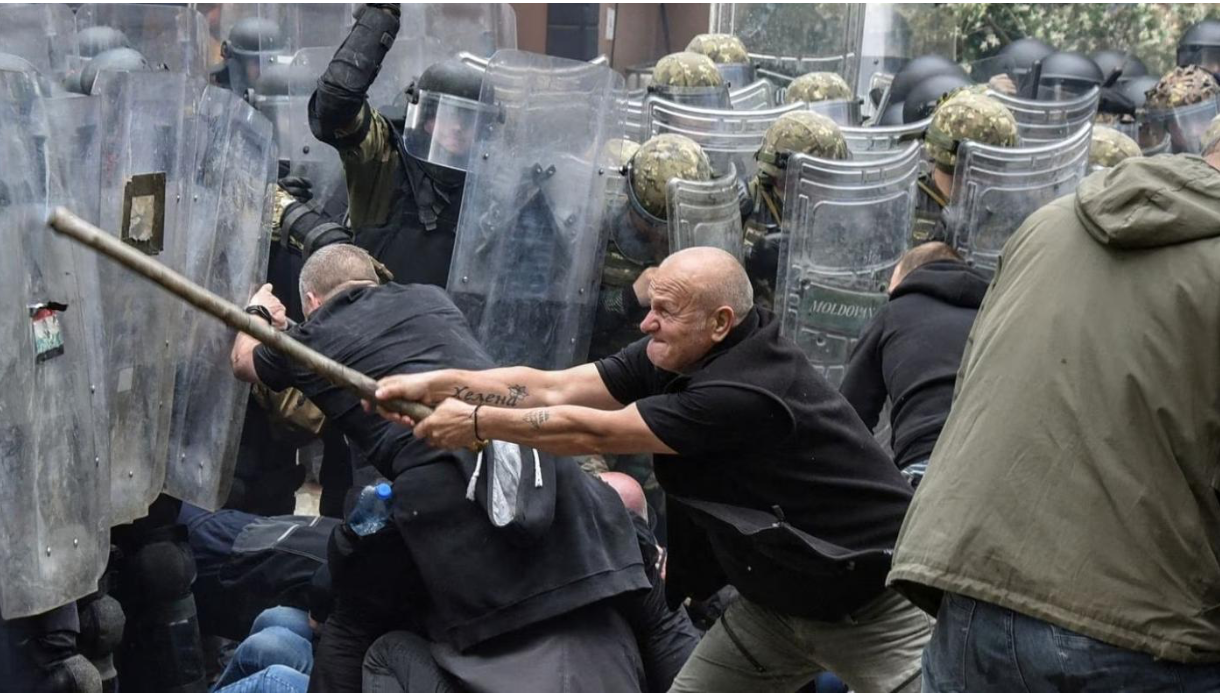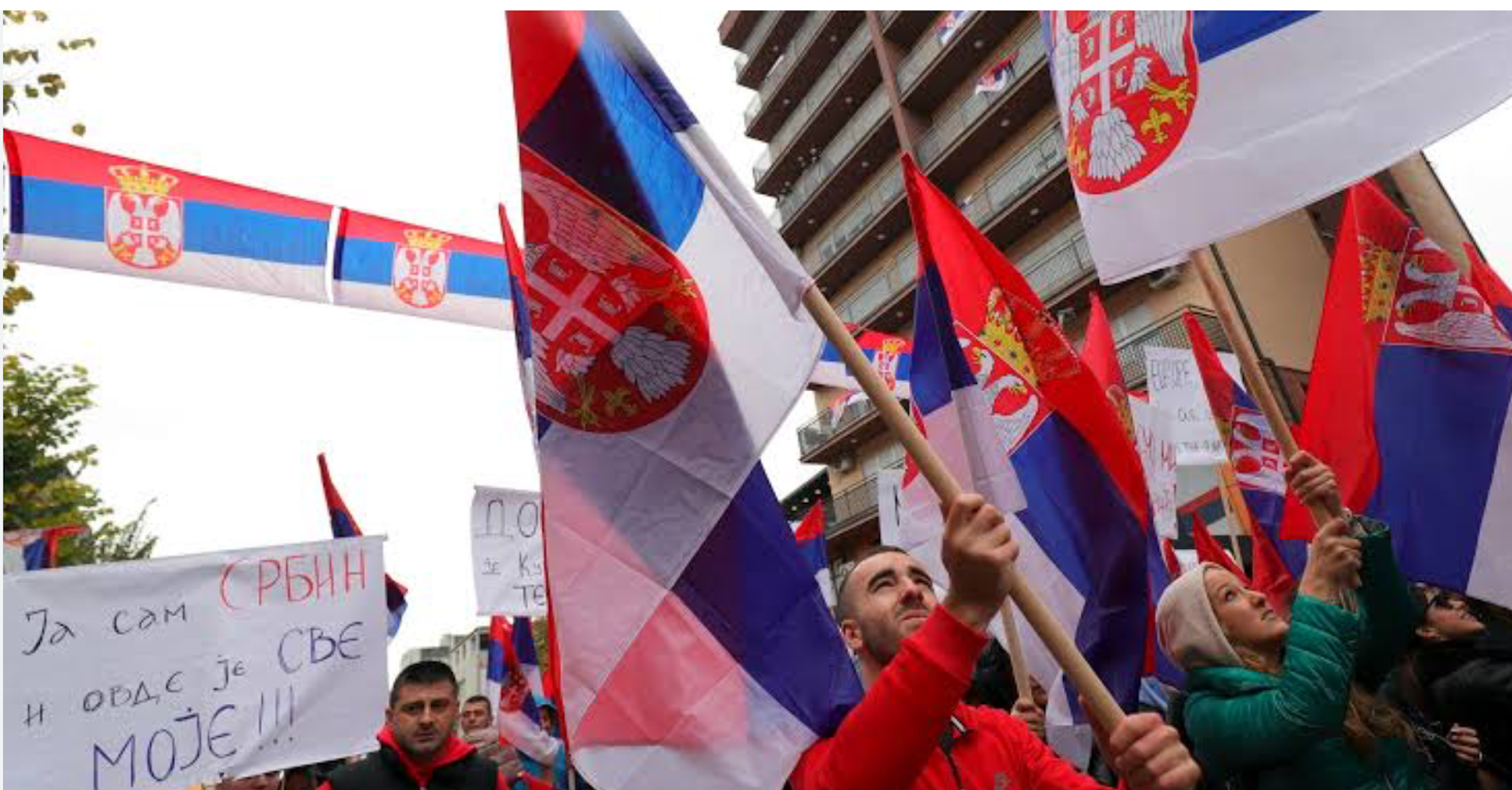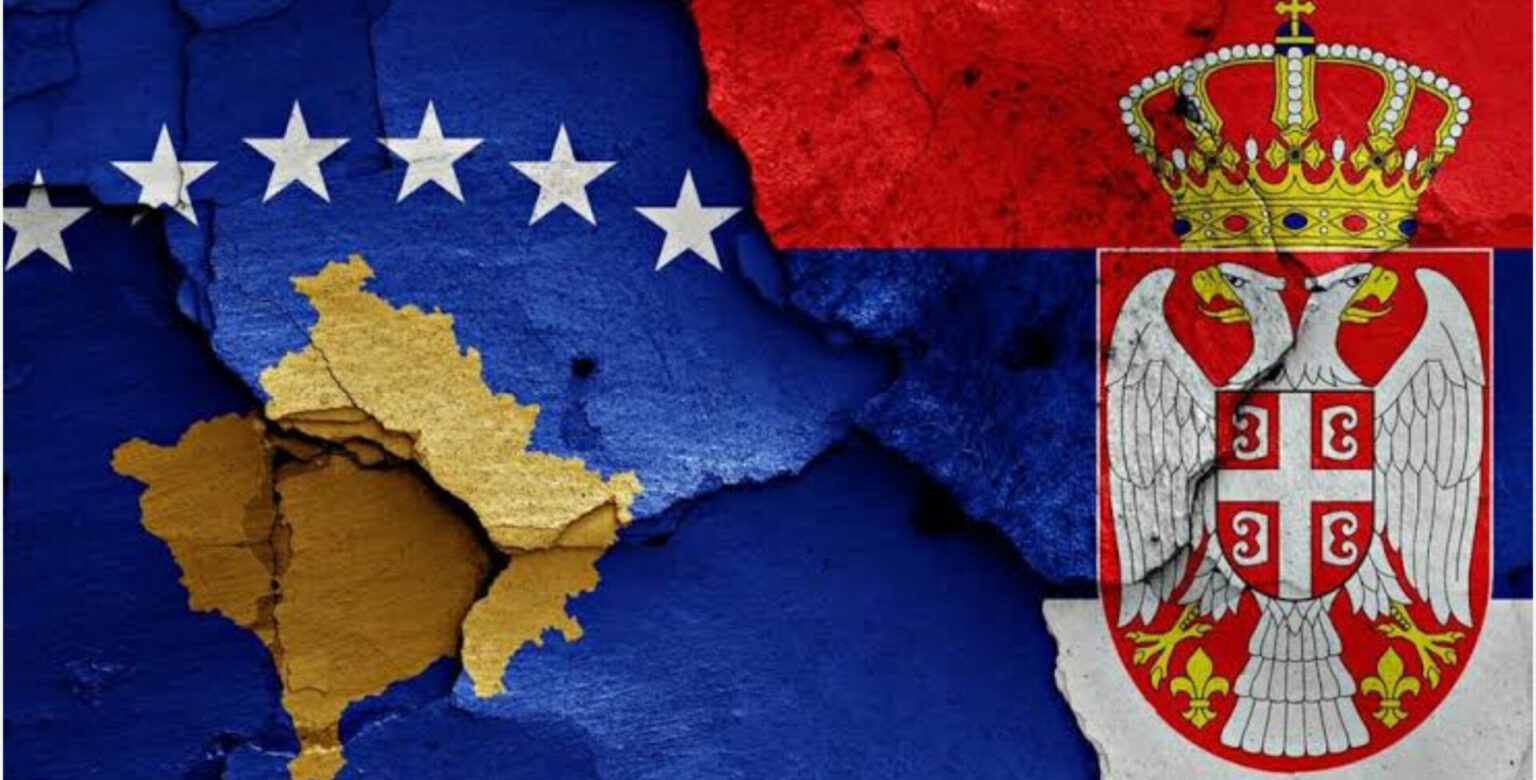Fresh tensions have erupted between Serbia and Kosovo as Kosovan police carried out raids in predominantly Serb-controlled areas, confiscating municipal buildings.

Image Source : Reuters
Table of Contents
Violent clashes ensued between Kosovan police, NATO-led peacekeepers, and local Serbs, causing injuries on both sides. In response, Serbia has increased the preparedness of its troops near the border and issued a stern warning against any future attacks on Serbs in Kosovo. These recent events have rekindled concerns of a potential reoccurrence of the 1998-99 conflict in Kosovo, which resulted in a devastating loss of lives and the displacement of over a million people.
The recent clashes erupted after Kosovan police conducted raids in Serb-dominated areas, seizing control of local municipality buildings. Violent confrontations ensued between Kosovo’s police, NATO-led peacekeepers, and local Serb protesters, resulting in injuries on both sides. This development has evoked memories of the 1998-99 conflict in Kosovo, which caused significant loss of life and displacement.
Root Cause of The Dispute
The root of the ongoing dispute lies in Kosovo’s declaration of independence from Serbia in 2008. Kosovo, with a predominantly ethnic Albanian population, considers itself a sovereign state, a stance endorsed by approximately 100 countries, including the United States. However, Serbia vehemently refuses to recognise it’s statehood and maintains its claim over the territory, despite having no formal control over it. This fundamental disagreement over Kosovo’s status has been a long-standing source of tension between the two parties.
The recent clashes in northern Kosovo underscore the fragility of the situation and the potential for further escalation. Efforts to foster dialogue and find a mutually acceptable resolution to the conflict remain crucial in order to promote stability and peace in the region.
What Gave Rise To The Recent Flare-up In Kosovo?
The latest flare-up in northern Kosovo revolves around the local elections and the installation of newly elected ethnic Albanian mayors. In the previous month, Serbs, who make up the majority in this region, boycotted the local elections. However, the newly elected mayors, who are ethnic Albanians, entered their offices on Friday with the assistance of Kosovan riot police.
Serbs opposed the takeover and attempted to stop the ethnic Albanian mayors from assuming control of the premises. In response, the police used tear gas to disperse the protesting Serbs. This has led to clashes and heightened tensions between the two communities.
History Of The Conflict
The ethnic conflict runs deep and has roots that date back centuries. Serbia considers Kosovo to be of great significance to its national identity and religion, with numerous mediaeval Serb Orthodox Christian monasteries located in the region. Serbian nationalists regard the 1389 battle against the Ottoman Turks in Kosovo as a symbol of their national struggle.

Image Source : Financial Times
On the other hand, Kosovan ethnic Albanian population views the region as their own country and accuses Serbia of occupation and repression. In 1998, ethnic Albanian rebels initiated a rebellion to remove Serbian rule from Kosovo. This led to a brutal response from Belgrade, prompting a NATO intervention in 1999 that resulted in Serbia’s withdrawal and the establishment of international peacekeepers.
Locally, tensions persist between the Kosovan government and the Serbs, particularly in the northern part of the country where the majority of Serbs reside and maintain strong connections with Belgrade. Efforts by the central government to exert greater control in the Serb-dominated north are often met with resistance from the Serb community. The town of Mitrovica, the main city in the north, is effectively divided along ethnic lines, with limited interaction between the Albanian and Serb populations. Additionally, there are smaller Serb-populated enclaves in the south of Kosovo, while many Kosovan Serbs currently reside in central Serbia after fleeing alongside withdrawing Serbian troops in 1999.
Numerous international initiatives have been undertaken to seek a resolution to the dispute, but a final agreement has yet to be reached.












